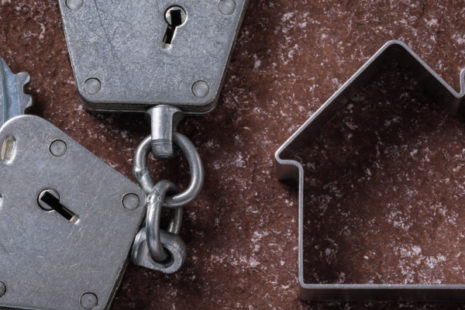While both jails and prisons can experience violence, several factors may contribute to higher levels of violence in jails compared to prisons…
1. Transient Population – Jails typically house individuals who are awaiting trial or serving short-term sentences, whereas prisons generally hold individuals who have been convicted and are serving longer sentences. The transient nature of the jail population can lead to higher levels of tension, uncertainty, and instability, as individuals may be facing imminent court appearances, awaiting transfer to another facility, or experiencing the stress of legal proceedings. This can contribute to a more volatile environment where conflicts are more likely to occur.
2. Overcrowding and Lack of Space – Jails are often overcrowded, with limited space and resources to accommodate a fluctuating population. Overcrowding can exacerbate tensions among inmates and increase the likelihood of conflicts and violence. The lack of space for programming, recreation, and other activities can lead to boredom, frustration, and aggression among inmates.
3. Mixing of Inmate Populations – In many jails, individuals with a wide range of criminal backgrounds and offense histories are housed together in close quarters. This mixing of inmate populations, which may include individuals charged with violent crimes, non-violent offenses, or substance abuse-related offenses, can increase the potential for conflicts and violence.
4. Higher Turnover Rates – Due to the transient nature of the jail population, there is often a higher turnover of inmates in jails compared to prisons. New arrivals and departures can disrupt the social dynamics within the facility and contribute to instability and tension among inmates.
5. Limited Access to Programming and Resources – Jails often have fewer resources and programs available to inmates compared to prisons. This may include limited access to educational opportunities, vocational training, substance abuse treatment, mental health services, and recreational activities. The lack of constructive outlets and opportunities for rehabilitation can contribute to frustration and aggression among inmates.
6. Less Staffing and Security Measures – Jails may have fewer staff members and security measures in place compared to prisons, particularly in smaller or underfunded facilities. Limited staffing levels can make it more challenging for correctional officers to maintain order, respond to incidents, and prevent violence effectively.
Factors contributing to violence in jails are complex and multifaceted, and the level of violence can vary widely depending on the specific facility, population demographics, management practices, and other factors. Efforts to address violence in jails often involve strategies such as improved staff training, increased programming and resources for inmates, better management of inmate populations, and enhanced security measures.




